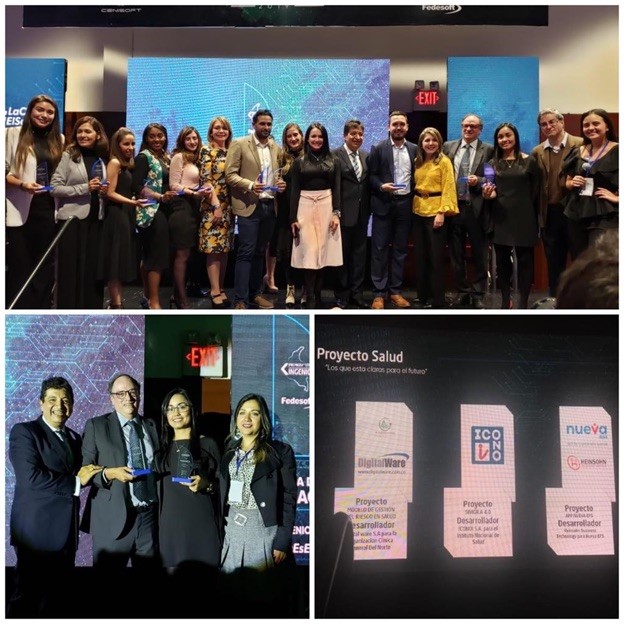Colombia’s NPHI Receives Award for State-of-the-Art Public Health Information System

Last October, the Instituto Nacional de Salud (INS) received a prestigious award for SIVIGILA 4.0, an enhanced version of their national system of public health surveillance. The Colombian Federation of Software Industry awarded the INS its Ingenuity Award in recognition of the high quality of the improved system, which has received technical and financial support from IANPHI and the U.S. Centers for Disease Control (CDC).
SIVIGILA 4.0 assists with national epidemiologic intelligence data management generated from the local level. It collects, analyzes, evaluates and disseminates public health information affecting the Colombian population in a timely manner from an estimated 14,000 local health service providers. SIVIGILA gives access to essential data such as the number of pregnant women affected by the Zika epidemic and the number of children born with microcephaly.
This large pool of public health information allows the INS to make evidence-based policy recommendations, improve emergency response systems, and more closely monitor the nation’s health security. SIVIGILA has been certified by Colombia’s National Administrative Department of Statistics, DANE, for the quality and reliability of its statistical information.
The Ingenuity Awards recognize the best health software projects in Colombia. SIVIGILA was one of more than 360 presented for this seventh edition. This recognition is the result of 19 years of public health surveillance work in the country.
For Dr. Franklyn Prieto , director of Public Health Surveillance at the INS, this award acknowledges the institutional effort that allowed the INS to spearhead public health surveillance.
Prieto stated: “The Institute needed to put Colombia at the forefront of epidemiological information systems in terms of structure and technology. With the support of the U.S. CDC and IANPHI and using the INS experience in innovation, today Colombia is increasingly in the 21st century, with better software, greater interaction and production of information for decision making at all levels.”
This article was first published in IANPHI Insider #5 (February 2020).